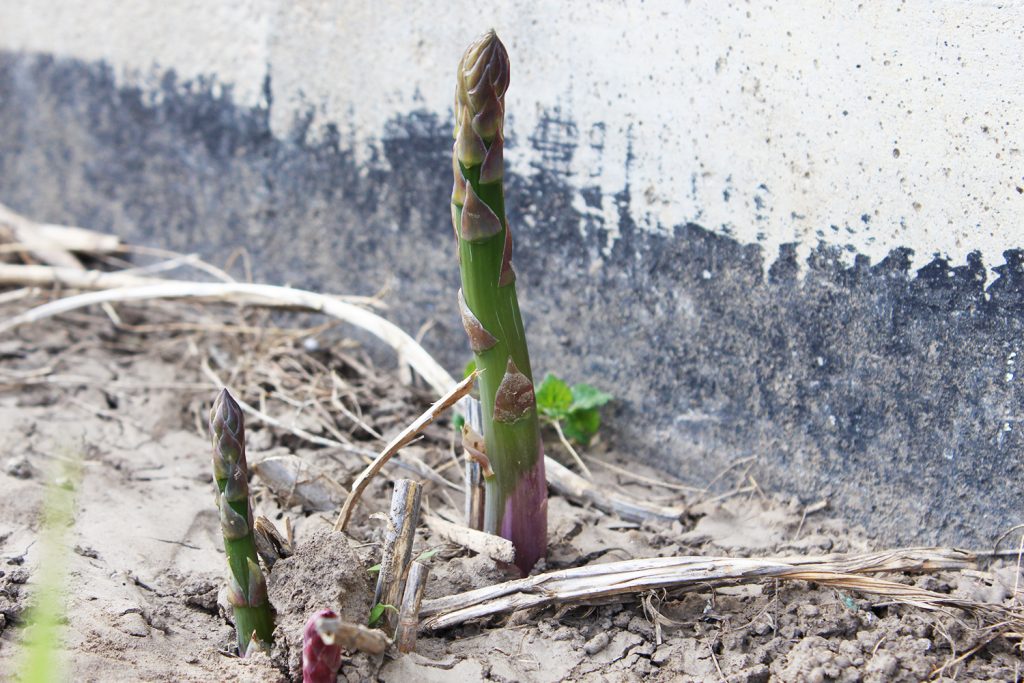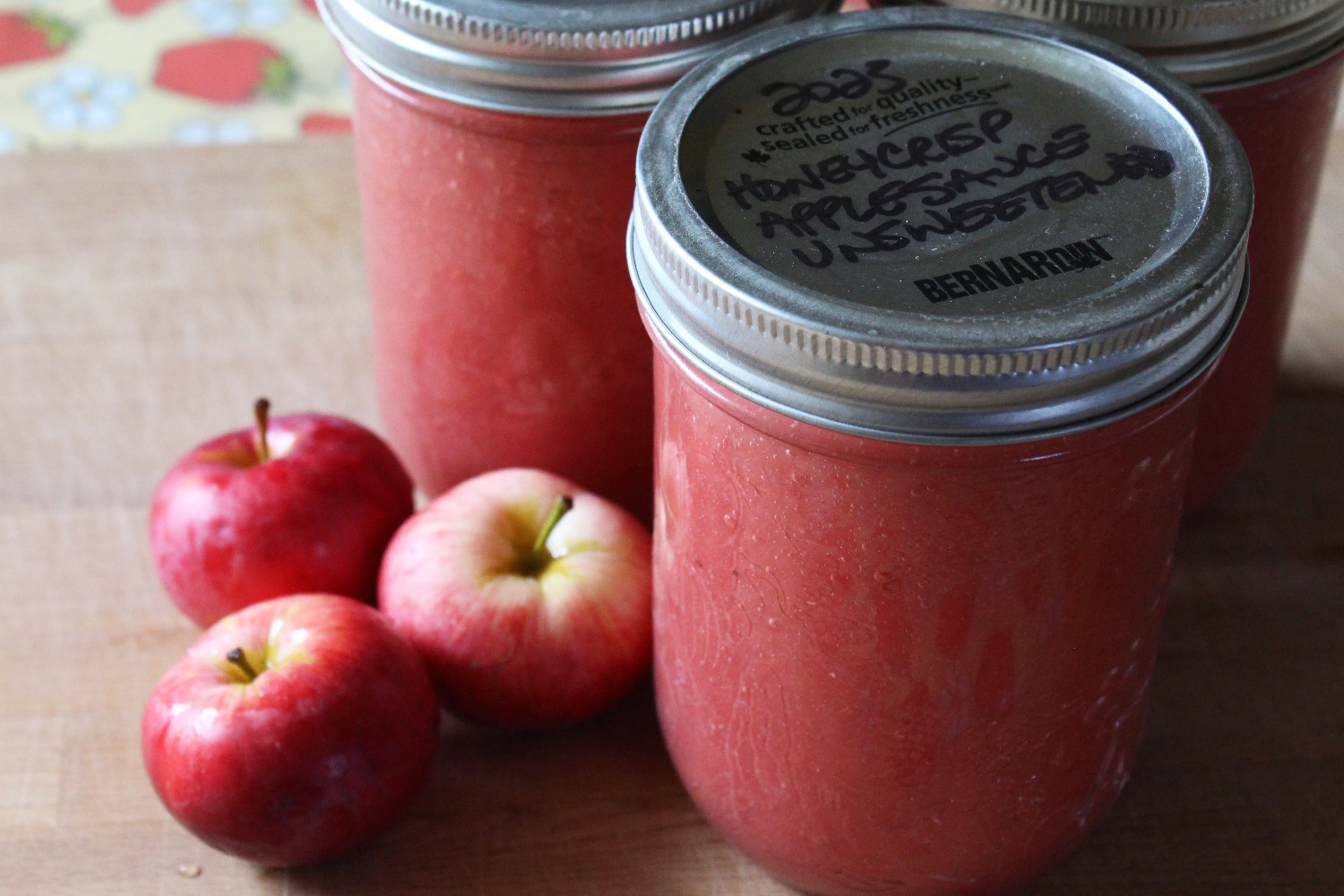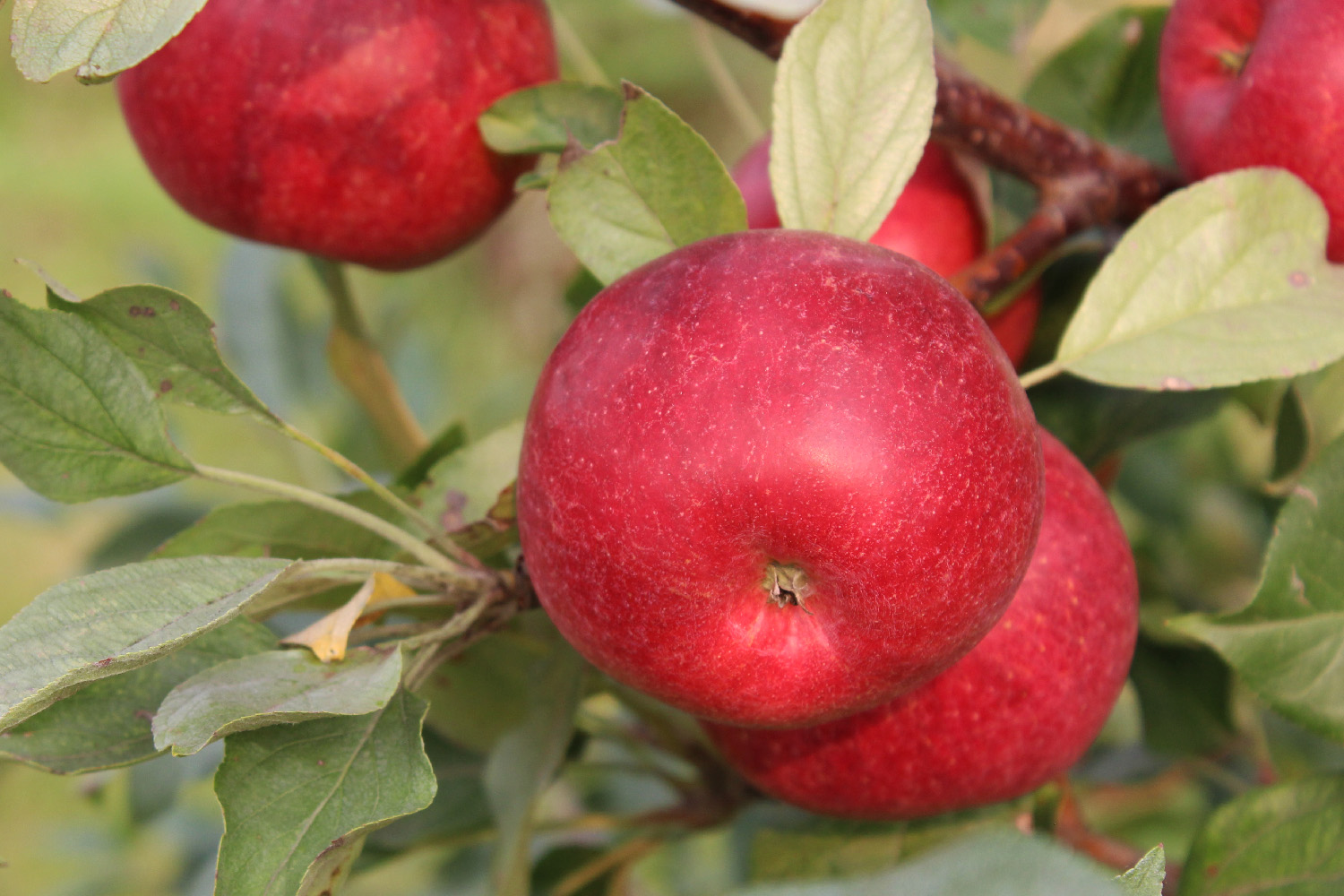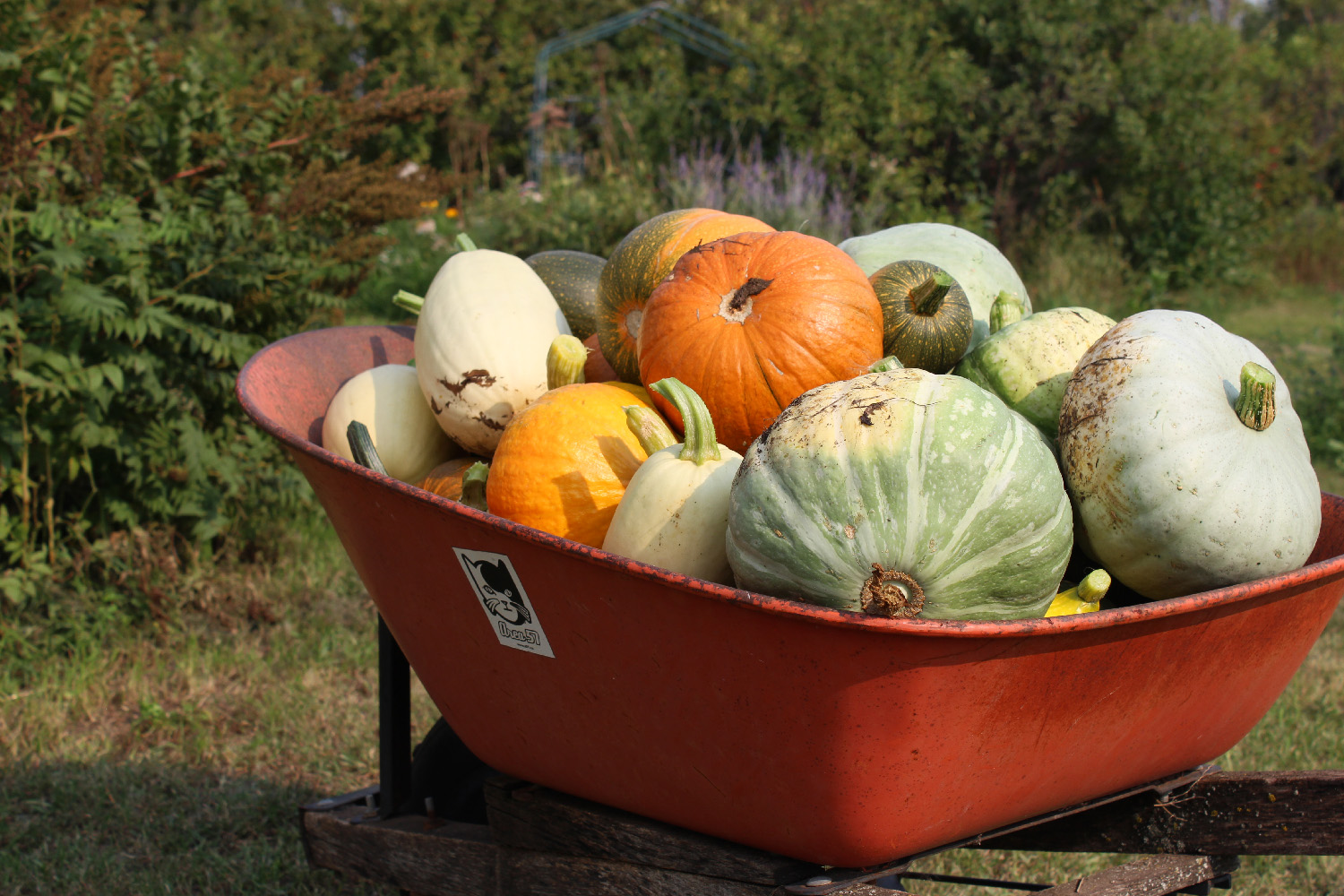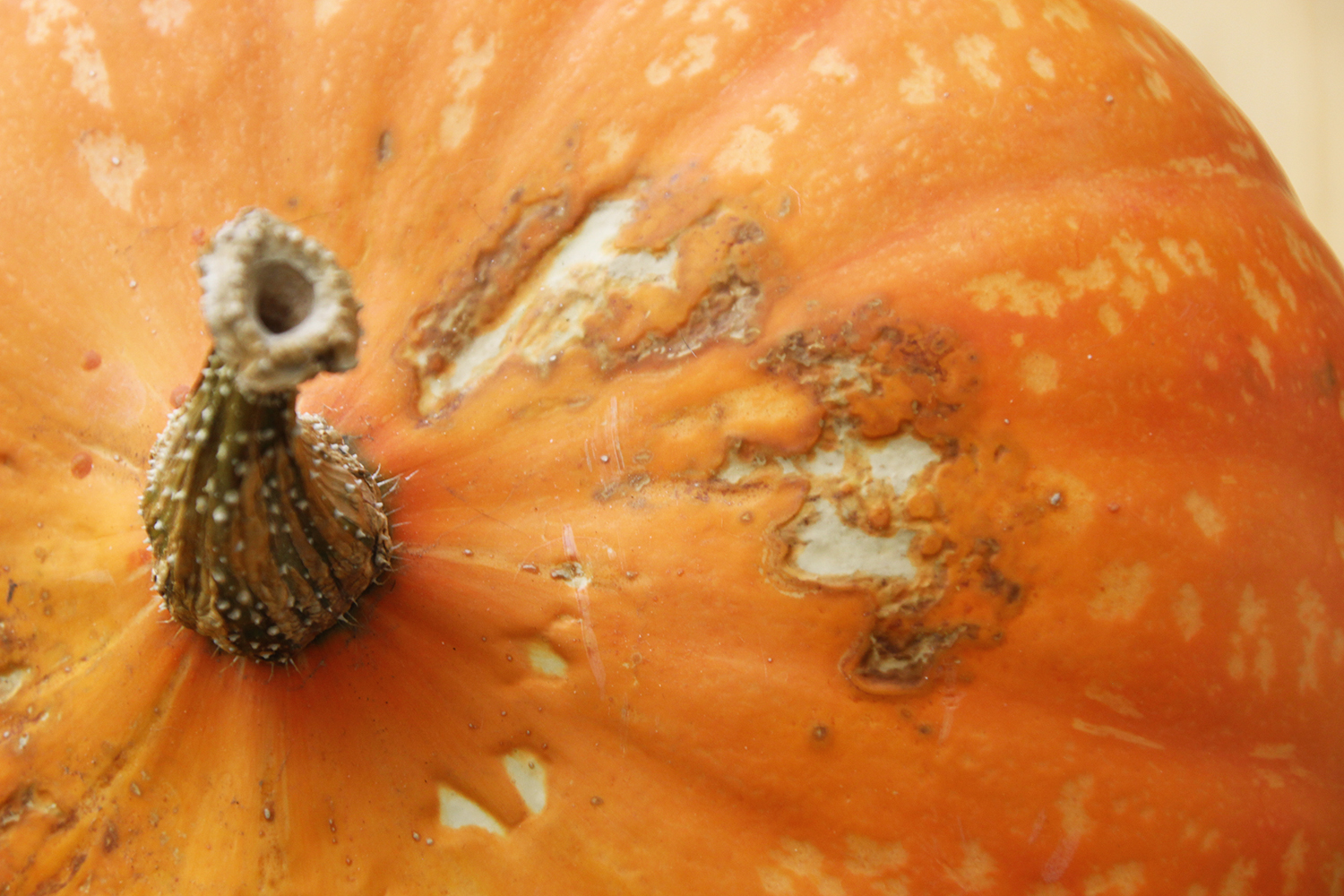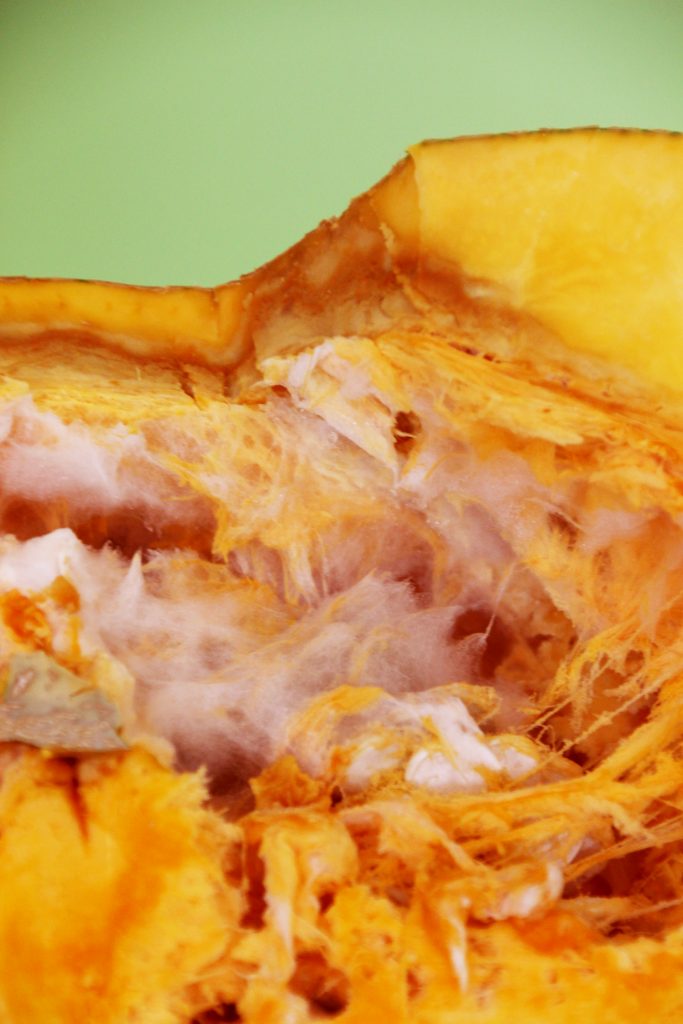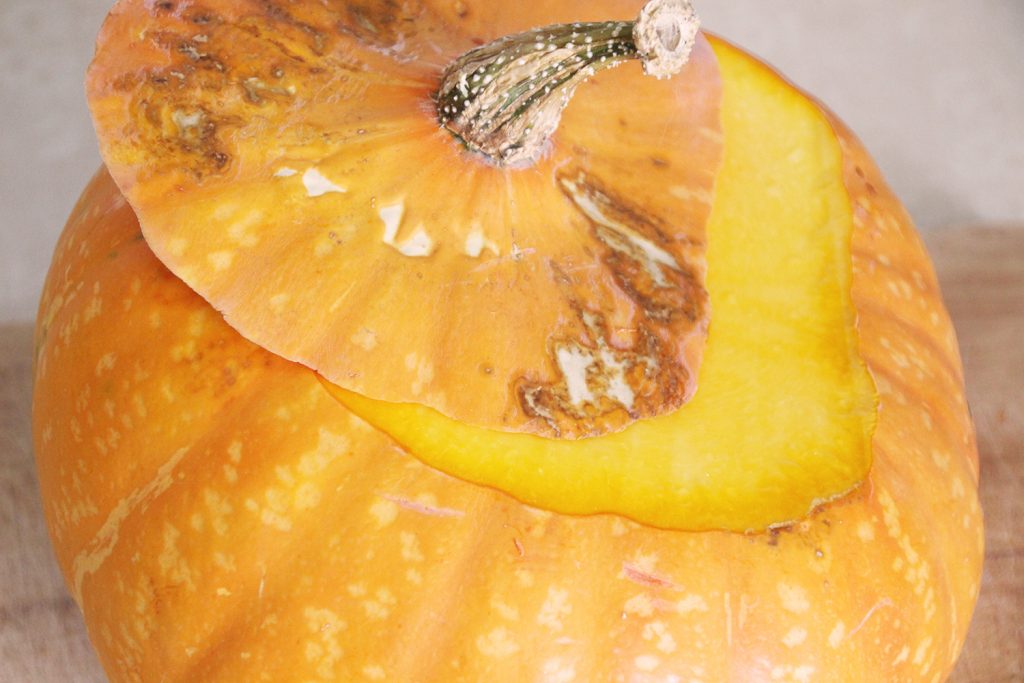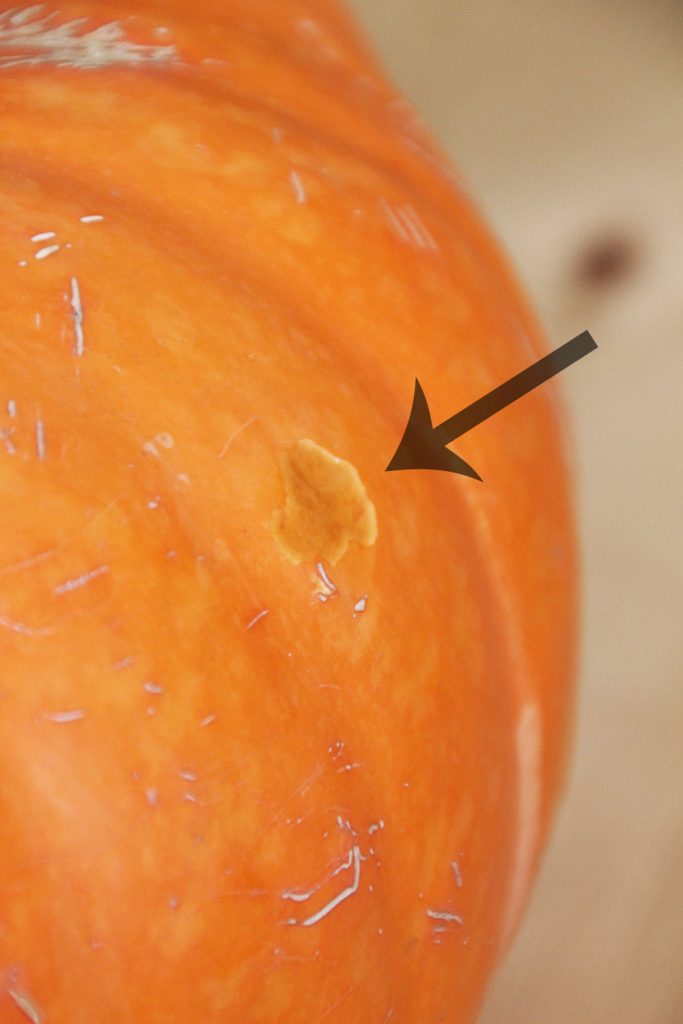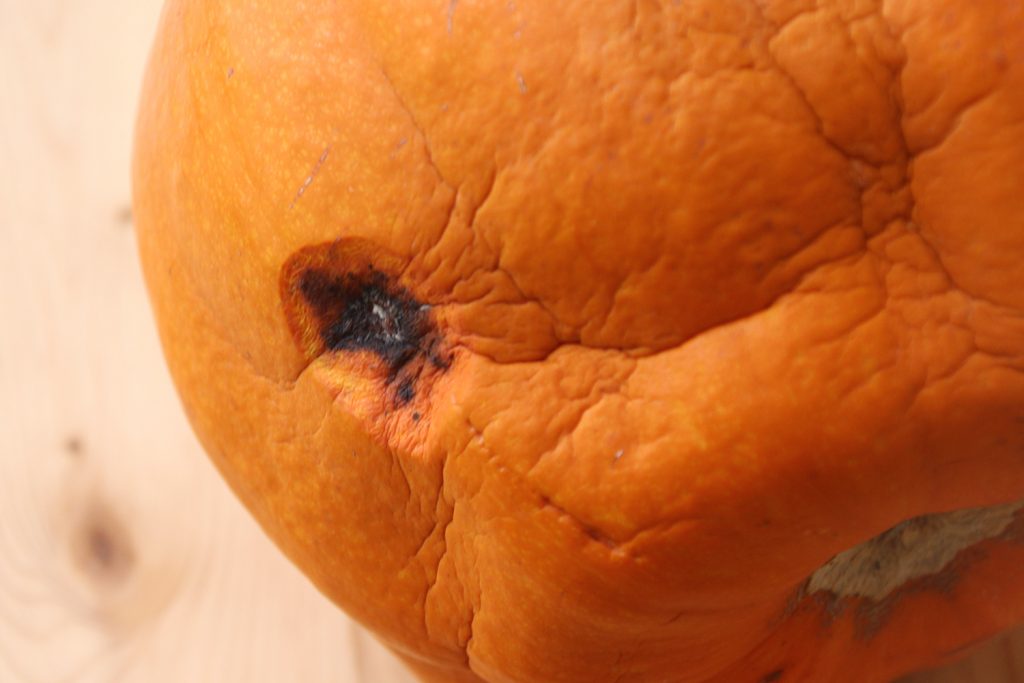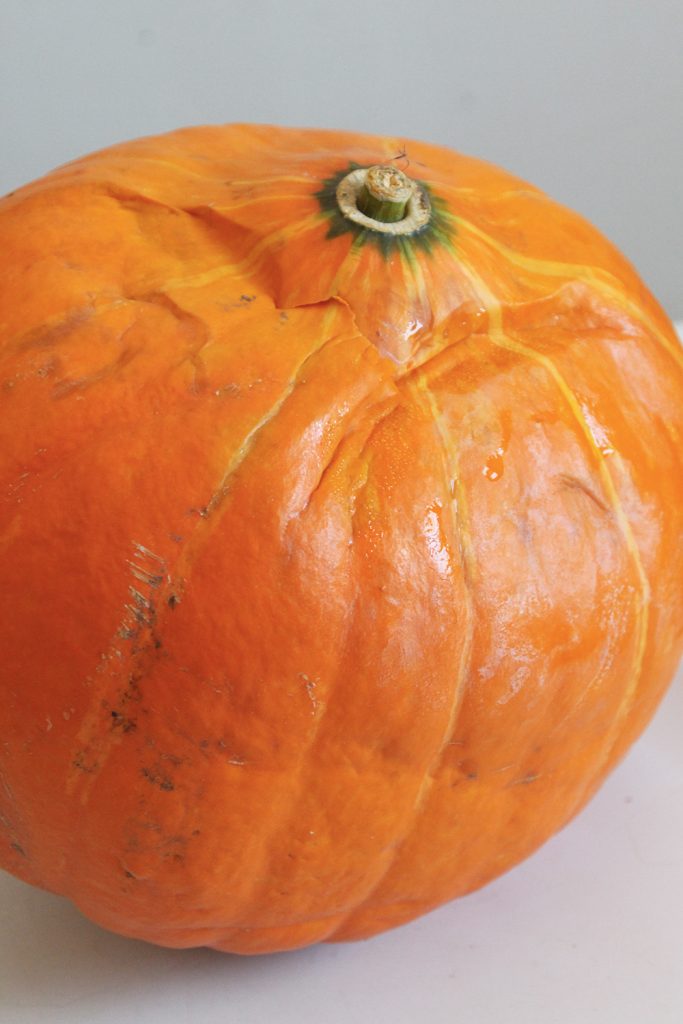May 2019 Food Storage and Seasonal Food Report
May 4, 2019 | Root Cellar and Food Storage, Seasonal Food | 2 Comments
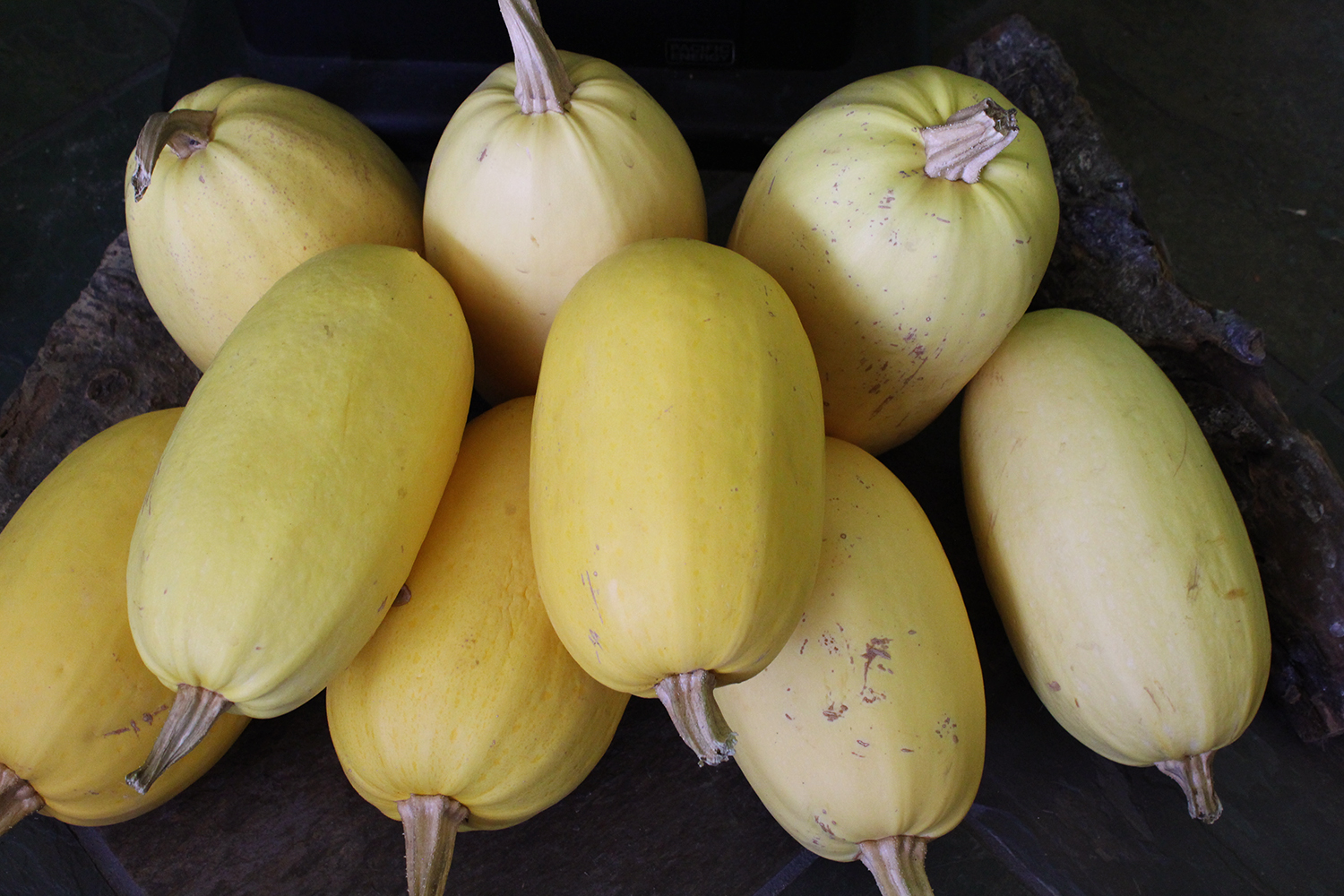
Yay! It’s May!
We’re creeping up on one of my favorite parts of the year – planting! We have a couple zillion fruit trees, grape vines, and perennial flowers either on their way or waiting in my seed starting trays, and I can’t wait to get them into the ground.
Meanwhile, on the food storage front, our root cellar veggies are mostly done. We still have potatoes that are firm and not sprouting, but they are bitter, and not tasty. There are a couple of little onions, which will likely still be good for another month, but we have essentially run out, and resorted to buying onions from the store. We also have a couple of maxima squash left (!), which I’m torn between roasting up before they rot and leaving alone to see how long they’ll hold out…either way, we’ll definitely be saving seeds from those ones!
Then there’s the spaghetti squash. That stuff is food storage magic. Still firm and tasty, after sitting on our kitchen counter since we harvested it in September. Now that the other squash is basically done, we’re instituting a roster of spaghetti squash meals – enchalada stuffed squash, spaghetti squash with feta and cream cheese, and squash with meat sauce are going to be in heavy rotation until it’s too hot to use the oven. Yum.
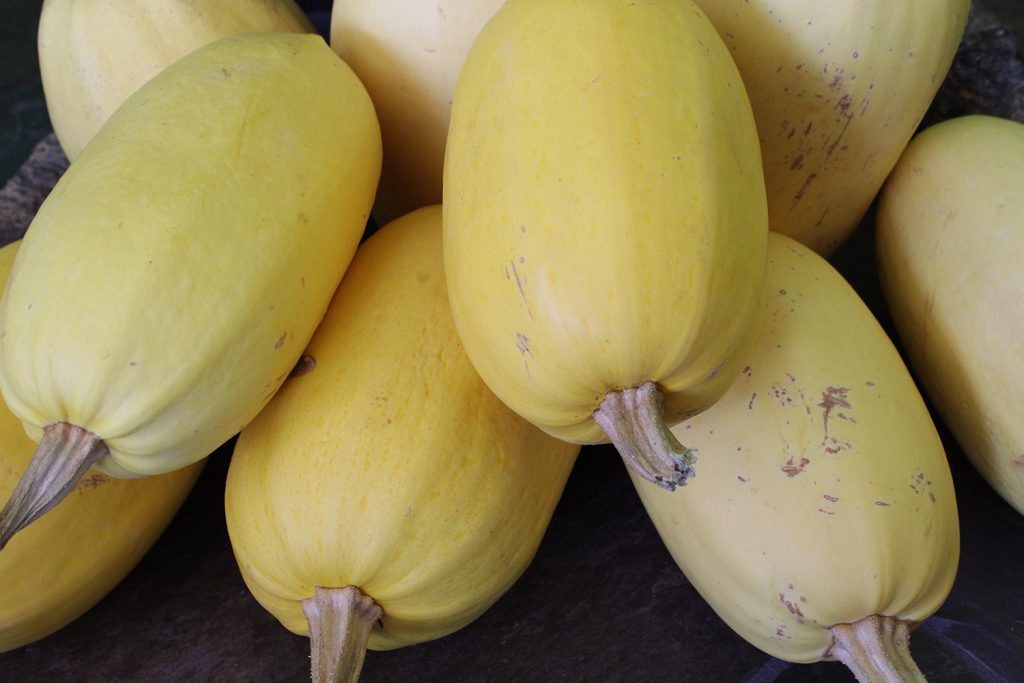
I’m expanding the food storage report to also talk about fresh foods that are in season month by month. For us right now, that’s a very limited selection…basically, just eggs, chives, and the early asparagus, for now.
The dandelions aren’t even up yet (we’re zone 2, maybe 3, and it’s still well below freezing at night), but we have a patch of chives and asparagus plants that are planted right up against the foundation of the house. Because the heat from the basement bleeds out into the soil, things planted there come up weeks earlier than anywhere else…meaning we’ve got lovely chive patches just in time for the beginning of the spring egg glut.
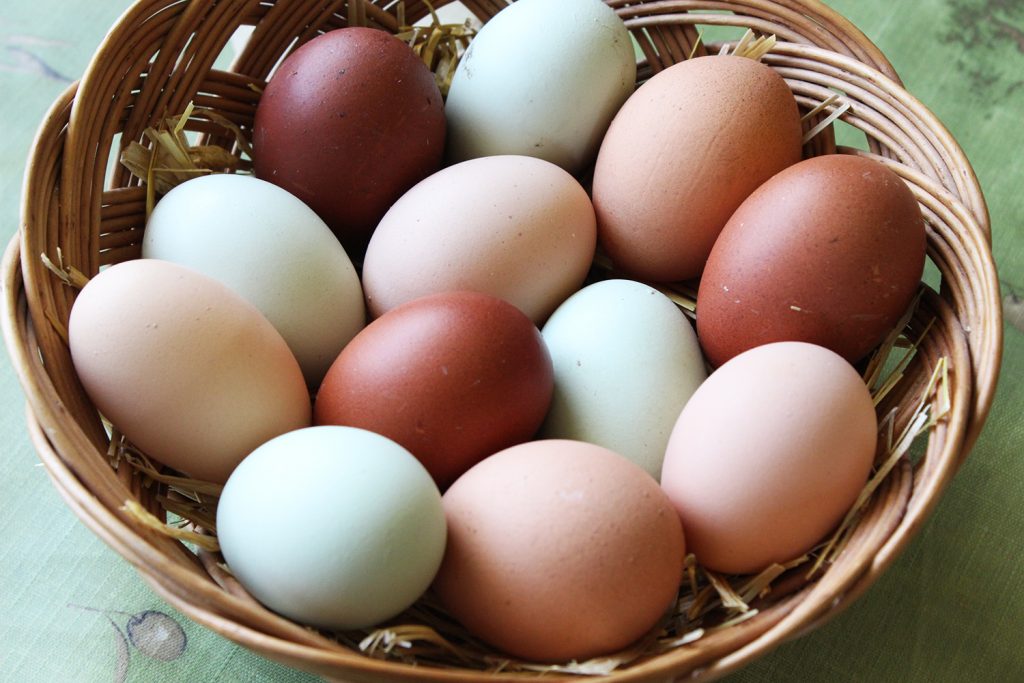
Did you know that eggs are naturally a seasonal food? In the dark of winter, most hens will hardly lay anything at all, unless you have heat and artificial light in your coop. In December and January, we’re lucky to get a few eggs a day from our 25 (or so) hens – or none at all, if the hens are molting. Once the daylight hours go over 12 or 13 hours a day, though, the chickens kick it into high gear. Even though most of the hens in our flock are at least 2-3 years old, we’re still getting more eggs than we can really eat – we’re getting around a dozen eggs a day right now, and this will increase as it warms up and the days get really long.
The asparagus in the patch by the house was actually up about 5 or 6 inches, and I was eagerly eyeing them up, but it didn’t occur to me to harvest them before we had a couple of nights with -10 Celsius temperatures, so what was up is now a limp, rotting mess. There’s more coming up already, though, so it’ll only be a few days before I have my first taste of asparagus, likely served as a side to scrambled eggs with chives. I can hardly wait!
